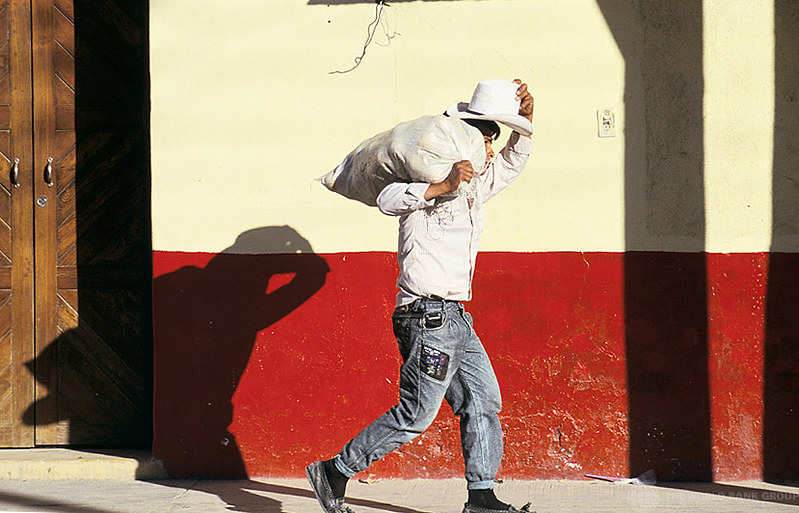With a population of nearly 130 million people, a rich cultural history, great diversity, and a favorable geography with abundant natural resources, Mexico ranks among the fifteen largest economies in the world and is the second largest in Latin America. The country has strong macroeconomic institutions, an open trade policy, and a diversified manufacturing base integrated into global value chains.
Over the past three decades, Mexico has underperformed in terms of growth, inclusion, and poverty reduction compared to similar countries. Between 1980 and 2022, the economy grew by just over 2% annually on average, limiting progress in closing the gap with high-income economies.
Yet, the official multidimensional poverty rate in Mexico, which assesses income poverty alongside six indicators of social deprivation, fell from 43.2 percent in 2016 to 36.3 percent in 2022, lifting 5.4 million people out of poverty, driven mainly by labor market outcomes, including increases in the minimum wage.
Mexico’s economic growth is projected to be 0.5% in 2025, with a gradual recovery reaching 1.9 percent by 2027—still below the average growth rate of the past three years. This is mainly due to anticipated uncertainty surrounding potential shifts in trade policy, the upcoming revision of the USMCA, and the expected slowdown of the U.S. economy.
With a gradual improvement in growth expected toward 2027, a reduction in the poverty rate is projected. The key for Mexico to unlock its full economic potential lies in strengthening the engines of growth. This will require boosting infrastructure investment through greater mobilization of private capital, strengthening the business environment, and expanding firms’ access to financing —especially for small and medium-sized enterprises. Enhancing security, providing greater regulatory certainty, improving the quality of public services, and promoting competition represent key opportunities to consolidate growth. Likewise, advancing measures that strengthen revenues will help maintain sustainable public debt and reinforce the country’s economic stability.
This is mainly due to anticipated uncertainty surrounding potential shifts in trade policy, the upcoming revision of the USMCA, and the expected slowdown of the U.S. economy.
Last Updated: Oct 07, 2025


